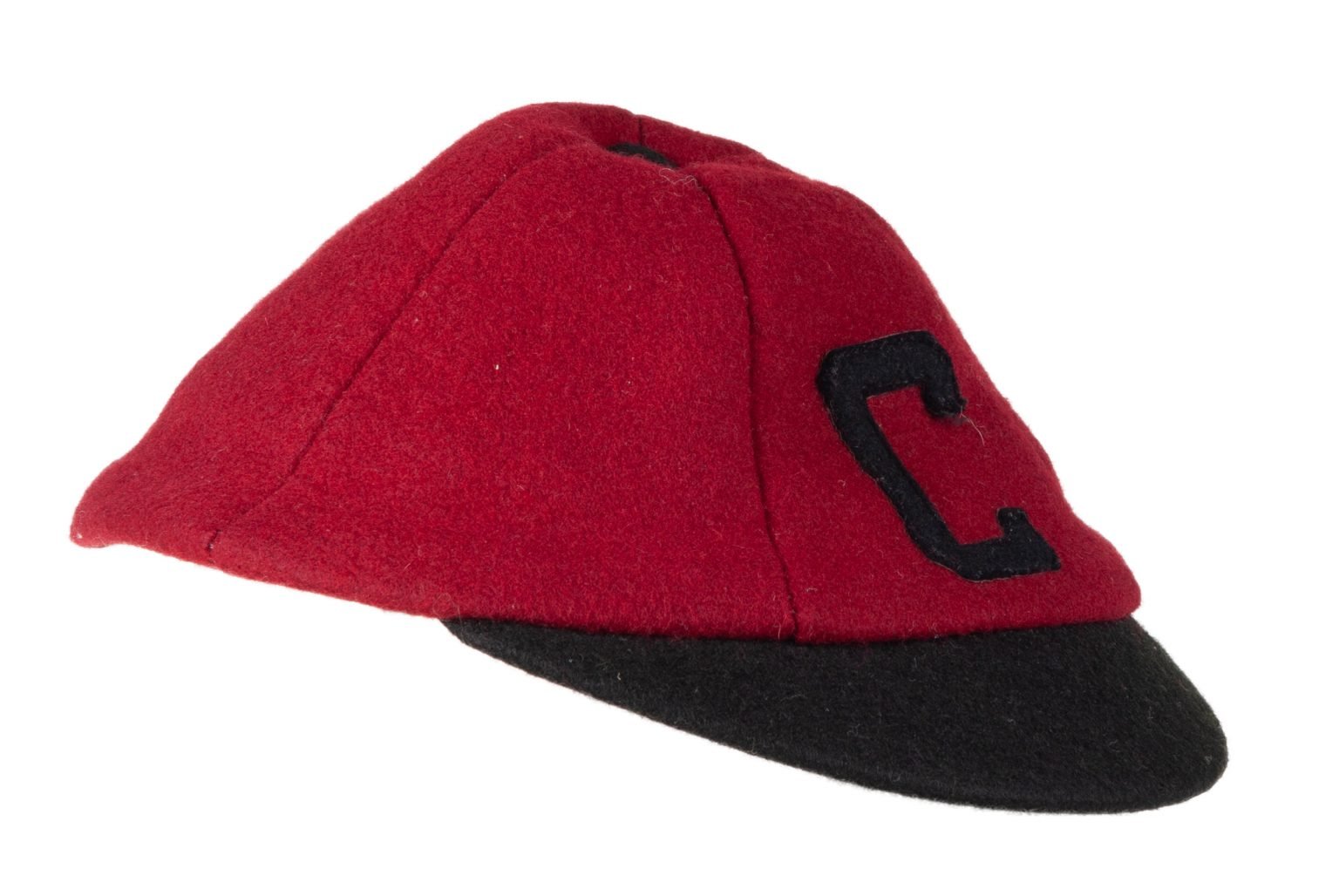
Beanie, 1961
Wool.
Gift of Anna Loadholt
2011.01.06
From the early decades of the 20th century, college freshman, both male and female, were required to wear what was commonly referred to as a “rat cap” at all times. Wearing the cap was a part of an indoctrination ritual reinforcing the class hierarchy of freshman, sophomore, junior and senior. Some consider “ratting” a form of hazing. Others suggest that the caps proved useful for upperclassmen to identify new students, introduce themselves and their peers, as a way of welcoming them to campus. At UofSC, the incoming class of 1973 was the last group of students made to wear the cap.
Co-Ed Expectations
Until the 1970s, UofSC had strict gender expectations for female students, but co-eds regularly and consistently pushed back.
The Carolina Co-ed Code, a booklet given to all female students, detailed dos and don’ts, including a curfew. If co-eds were not in their dorms on time, dorm mothers could, at their discretion, dole out further restrictions. The Student Senate failed to pass a 1964 proposal to allow co-eds up to 15 cumulative minutes of tardiness per semester. In response, co-eds created the Review Committee, a judicial council composed of student leaders from all-girl dorms “with the sole purpose in mind of reviewing [curfew] cases brought before it concerning unfair or hasty restrictions imposed.” However, the curfew remained.
Additionally, co-eds were to dress in a “lady-like” manner in skirts and dresses. In 1967, The Gamecock proclaimed, “Co-eds Wearing Slacks Arouses Campus Storm,” criticizing pants as “too casual” and “not appropriate.” However, that same year, many co-eds demanded more lenient rules, so by 1968, co-eds won the right to wear pants in public.
Co-eds persisted until UofSC eliminated the dress code and curfews by 1972. Today, all students are held to Carolina Creed standards instead of separate gender-based rules.